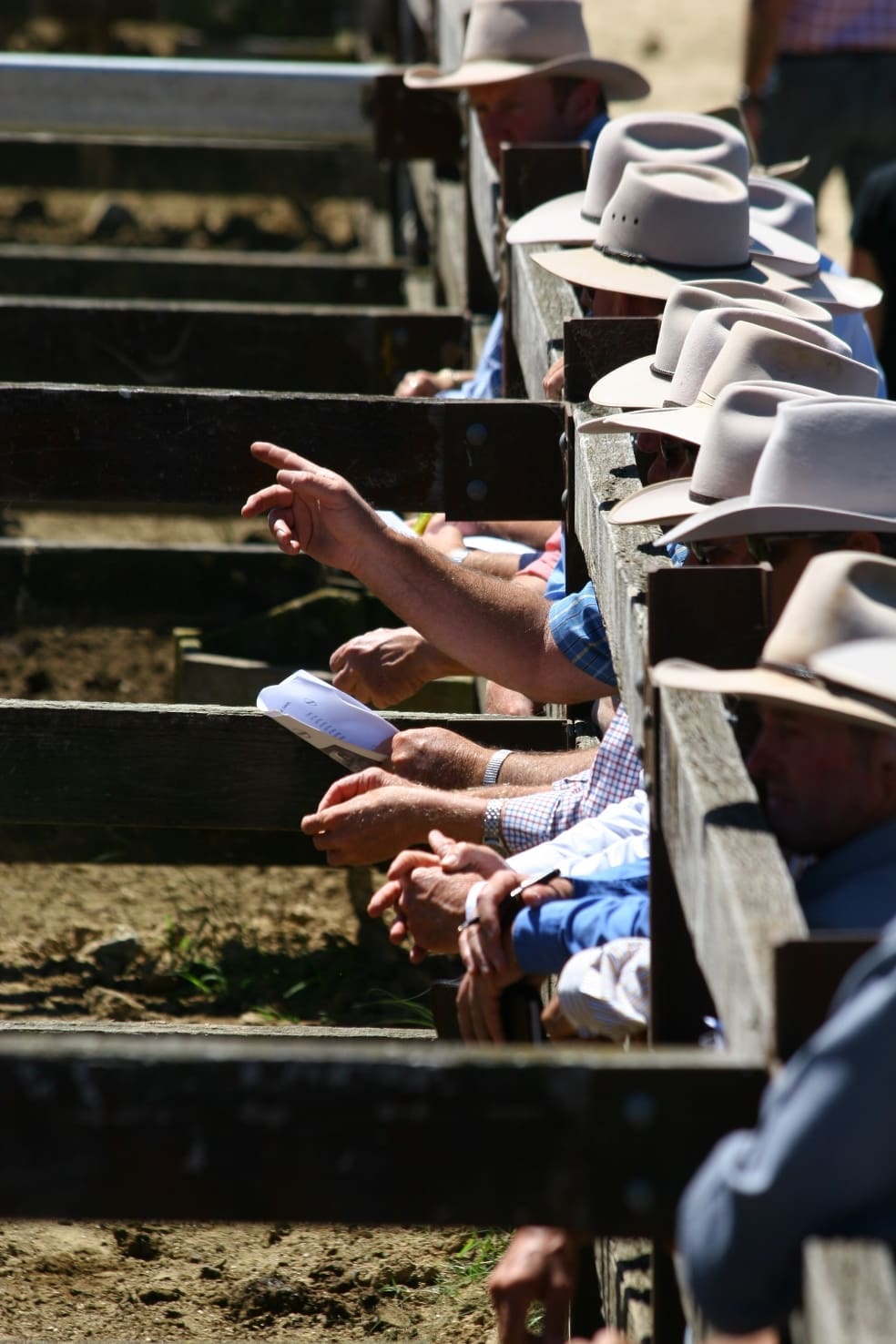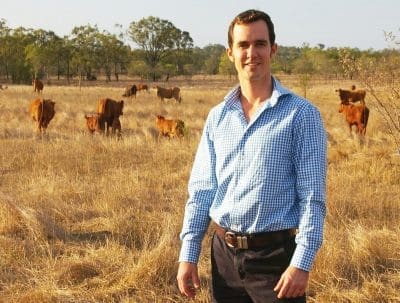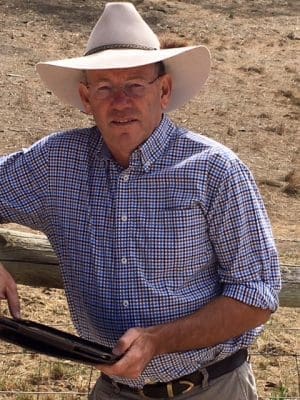
One trend that has had a clear influence on the business environment for Australian livestock producers and agencies in recent years has been the rise of standalone livestock finance facilities.
Not so long ago, farmers looking to buy more livestock to capitalise on a feed boost after rain were typically limited in what they could purchase by the room left in their overdraft.
If their overdraft was already ‘tapped out’, producers had to rely on others with livestock, or with money to buy trading stock, to generate revenue by selling off their feed.
But in recent years a lot has changed.
The emergence of standalone, specialised livestock funding facilities which use livestock rather than land as the underlying security has given producers who might not have cash flow on hand the flexibility to still purchase livestock when the time is right and opportunity arises.
The lending products also typically involve fast times to a decision and access to funds, and up to 100 percent finance for livestock purchases.
The primary trade-off for that speed and flexibility is that livestock finance can often be more expensive than traditional bank funding.

Tim Pryor
This is because the underlying asset class being offered as the primary security – the livestock being funded – ‘is highly liquid and biological’, Tim Pryor, chief operating officer of pioneering livestock finance firm StockCo, explained.
“In terms of security, most livestock lenders have access to other assets and/or the ability to register a caveat over property, but only in the event the client defaults their obligations,” he said.
“So in the normal course of business our security is the livestock that we have purchased on account of our clients.
“Depending on the terms of the contract with the livestock lender, this can either be a bailment or a loan.”
Chris Howie, who held national roles in the livestock agency sector before joining StockCo as business development manager (and who also writes a monthly livestock market column for Beef Central and Sheep Central), said the emergence of livestock finance facilities has “taken the glass ceiling away”.
 “Take a grain cocky for instance. They have all their crop in, they have drawn their overdraft to the limit with the bank, and they might be able to trade only 500 lambs a year,” he said.
“Take a grain cocky for instance. They have all their crop in, they have drawn their overdraft to the limit with the bank, and they might be able to trade only 500 lambs a year,” he said.
“Now those same clients can utilise the feed potential they have that may handle 3000 lambs a year, because they can access funding and match stocking rate to carrying capacity.
“They can trade a larger number of livestock without leveraging their own equity or dipping into bank funding, and enter into trades in a timely and opportunistic manner allowing them to create great trading margins.
“In some cases this allows them time reconfigure their major facilities, enabling their business to expand.
“So it has allowed them to become very nimble and use available feed real time instead of having to wait for finance and missing the moment.”
The rise of specialist livestock finance has effectively provided access to corporate funding at an independent agency or farm level, he said.
“Whereas prior to that, an agency had to go and get their own trade finance facility, and when livestock prices went up, $10 million didn’t go very far.”
StockCo pioneered livestock financing in Australia as a standalone product in 2014 after successfully operating the model in NZ since 1995.
The company’s livestock finance offerings have been refined and added to since the early days, while additional products have also since emerged from agri banks to livestock agencies and other standalone providers.
Each varies in the moving parts of their finance products, funding costs and eligibility criteria, but the net result has been subtle but significant shift in livestock market dynamics in Australia.
Mr Howie estimates there would now be “several thousand” facilities in place across the industry.
While some would have been inactive during winter, with Spring now here a return to greater than 50 percent utilisation would be expected, he said.
